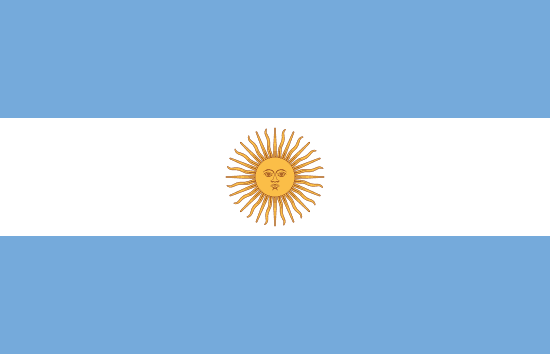"El Calafate, corazón de la Patagonia | El Calafate, heart of Patagonia"
About:
El Calafate, a town in Patagonia, Argentina, was founded in 1927. It was initially a wool trading hub and shelter for wool traders. In 1944, it was officially recognized as a municipality. The town's growth accelerated in the 1970s with the creation of the Los Glaciares National Park. Today, El Calafate is a major tourist destination, known for its proximity to the Perito Moreno Glacier, and serves as a gateway to explore the southern part of Los Glaciares National Park.
When to visit:
El Calafate, located in the Patagonian region of Argentina, is a popular tourist destination known for its stunning glaciers and pristine natural beauty. The best time to visit El Calafate is during the summer months of December to February, when the weather is mild and the days are long, allowing for optimal exploration of the surrounding landscapes. This is also the peak tourist season, so expect larger crowds and higher prices during this time. For a quieter experience with cooler temperatures and lower rates, consider visiting in the shoulder seasons of spring (September to November) or fall (March to May).
When to avoid:
Traveling to El Calafate during the winter months, particularly in July and August, can be challenging for holiday-goers. These months are characterized by harsh weather conditions, including strong winds and snowfall, which can disrupt travel plans and limit outdoor activities. Additionally, many attractions and tours may be closed or have limited operating hours during the winter season. It is advisable for travelers seeking a more vibrant and active holiday experience to visit El Calafate during the summer months, from November to March, when the weather is milder and the region's natural beauty is at its peak.
Winter (June–August)
In El Calafate, Argentina, the coldest part of the year is from May to August, with July being the coldest month. Average temperatures range from -2°C to 6°C. Rainfall is relatively low, averaging 20mm in the winter months. Days are short with around 5 hours of sunlight, and cloud cover is common, often obscuring the stunning views of the Andes. An average day for a visitor during this time would involve bracing the cold, possibly experiencing snowfall, and exploring the icy landscapes.
"Summer (December–February)"
In El Calafate, Argentina, the warmest part of the year typically spans from December to February, marking the Southern Hemisphere's summer. Average high temperatures usually range from 60°F (15.5°C) to 70°F (21°C), with nighttime lows dropping to around 45°F (7°C).
Rainfall is relatively low during these months, averaging around 10-20mm per month. El Calafate experiences a semi-arid climate, so humidity is typically low, often around 30-40%.
The summer season brings extended daylight hours, with the sun rising around 5:30 am and setting close to 10 pm, providing ample sunlight for outdoor activities.
As for cloudiness, clear to partly cloudy conditions prevail, with an average of 50-60% cloud cover. This means that you can expect a good amount of sunshine but also some overcast days.
A typical day for a visitor during this season feels quite pleasant. Days start cool, gradually warming up to comfortable temperatures in the afternoon. The low humidity makes the heat bearable, and the long hours of daylight are perfect for exploring the stunning landscapes of Patagonia. Despite the occasional overcast day, the weather is generally favorable for outdoor activities such as hiking, sightseeing, and visiting the famous Perito Moreno Glacier.
Language:
In El Calafate, Argentina, the most commonly spoken language is Spanish, as it is the official language of the country. However, due to its status as a popular tourist destination, English is also frequently used in business and tourism sectors. Other languages like Italian, German, and French may also be encountered, spoken by both tourists and some local residents.




